Landscape design plays an important role in the success of your winery. Here is the first of five tips to help build outdoor environments and experiences that positively impact your tasting room.
1. Be Unique and Memorable
Successful wineries develop a unique, one-of-a-kind brand identity. Branding themes can be artsy, luxury, pastoral, mom and pop, contemporary, natural, exclusive, or fun. Wineries often will include a blend of themes to create a distinct tasting experience.
For Example…
Brecon Estate Wines
Driving through the Paso Robles Adelaida zone, you will see many wineries with walls incorporated into their landscape architecture. When we designed and installed the wall at Brecon Estate, we knew it needed to be different from the others. Our Madrone Landscape team elected to build a serpentine “Andrew Goldsworthy” style wall. This blended a feeling of contemporary oasis in a rustic vineyard setting, making it unique to this winery’s experience. The blend of outdoor open spaces and secluded zones work well and is site specific according to owner Damian Grindley. The contemporary flair combined with the countryside ambiance helps make customers feel at home. Damian describes the space as having a “relaxed Central Coast” vibe that appeals to a variety of customers. As a newer winery, this no-pressure, casual home-style atmosphere is a great way to build wine club membership and allow customers to take part in a new, exclusive experience.
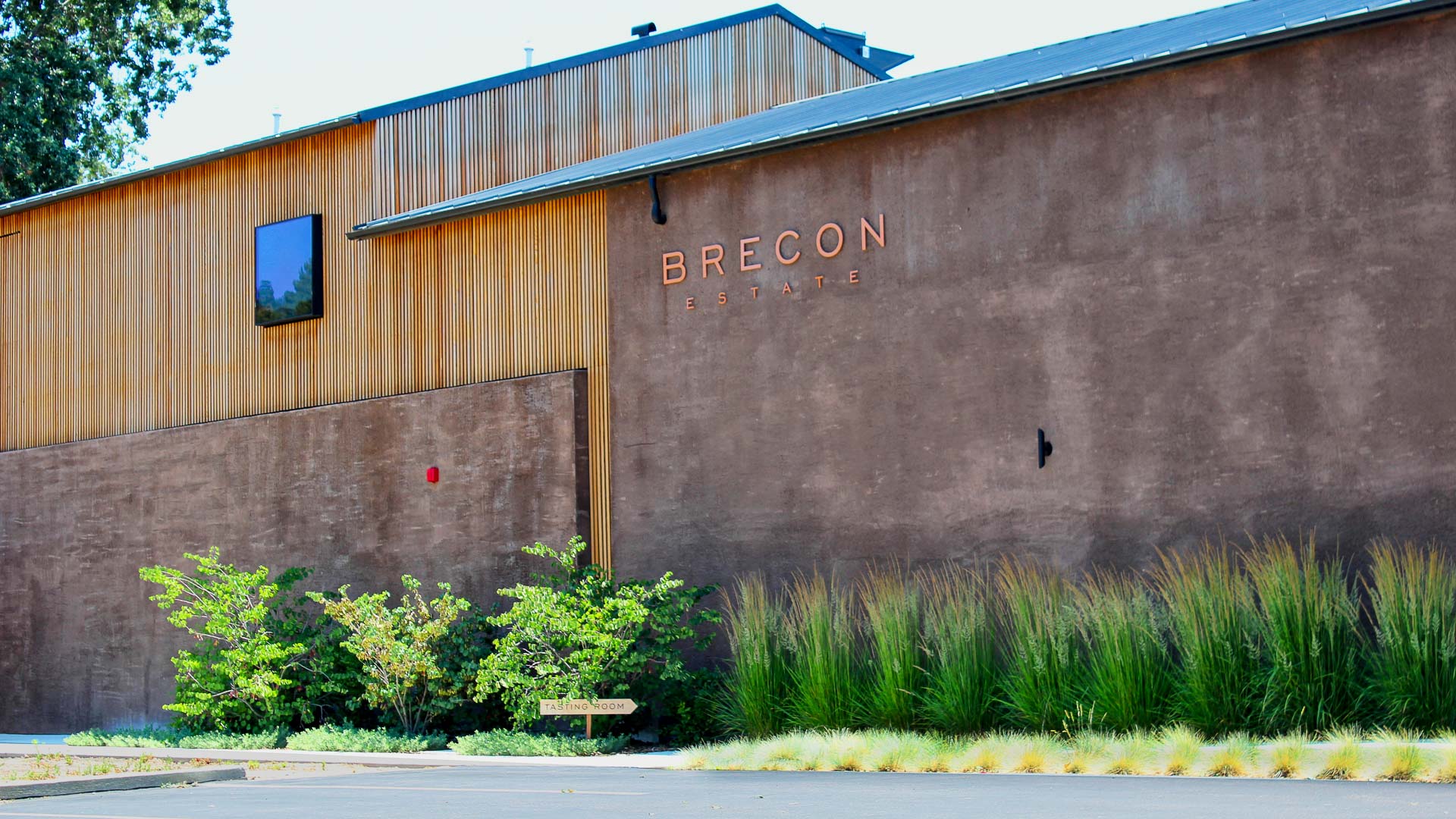
Halter Ranch Vineyard
At another Paso Robles area winery, Halter Ranch Vineyard, the Madrone Landscape team played off the pastoral farmland experience defined by the historic nature of the site. Kendall Carson of Halter Ranch describes it as an “Elegant Ranch” theme. We used bold masses of showy grasses, large trees, and vineyard connection to emphasize this theme. We also took advantage of the unbelievable view-sheds and wide-open spaces to make it feel larger than life. In some ways the vineyard architecture and vineyard landscape theme are very simple: Wood, stone, steel, vines, and oaks. The first glance at the grounds is stunning and remarkable, ingrained in the visitor’s memory. At closer look, very fine craftsmanship and art keep customers coming back to discover something new.
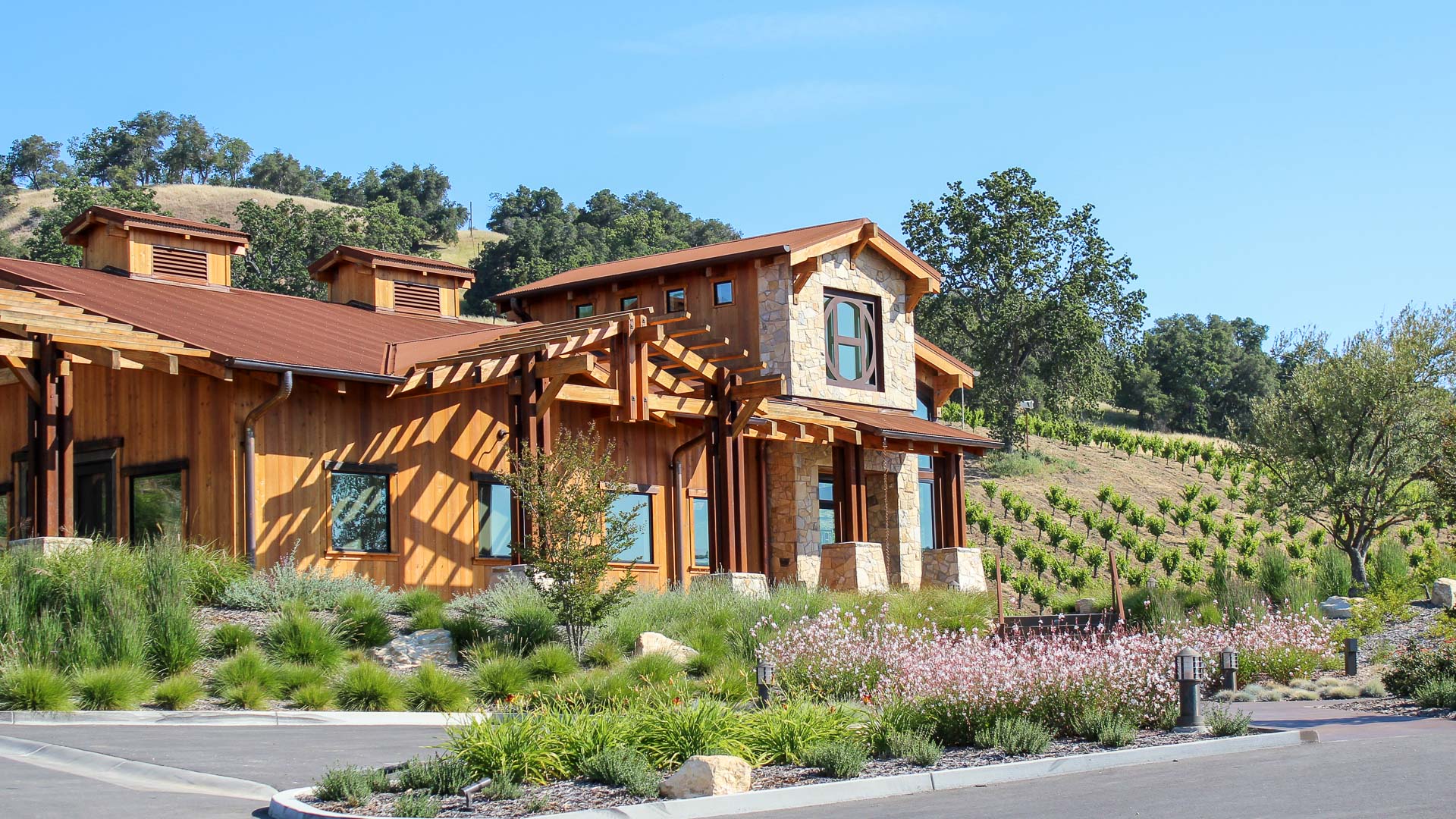
Tolosa Winery
Located in the Edna Valley near San Luis Obispo, the re-branding of Tolosa Winery was the story behind this landscape renovation. The winery made a very clear decision to make the brand more luxury, exclusive, and high end in both the wine making and the ambiance. As far as landscape, this meant changing over from open lawn areas to smaller intimate elegant areas under full grown olive trees, stone and rock. The environment is high end, but not stiff, and is very comfortable. General Manager, June McIvor describes it as “driving a Ferrari wearing jeans and flip flops.” The re-branding has been a success for the winery and visitors alike.

2. Make it Feel Special
A Special Treat
New and returning visitors to your winery need to feel that being at your tasting room is a treat. This can be described as a “wow factor”, or an unexpected glimpse into the mind of the winery. A variety of approaches can be used, but usually involves integration of unique features. Consider using outdoor art, paving patterns, colorful plantings, showcasing natural settings, or creating areas with a high-end luxury theme. Thoughtful selection of lounge-type furniture or intimate outdoor spaces can give customers a feeling of luxury not found at home. These elements lend well to developing a positive social environment created by your winery following. Kendall Carson (Halter Ranch) says that tasting rooms need to feel inviting, and be in tune with the property and surroundings, but also provide a “special feature” that makes guests want to plan another trip back. In the end, this translates to more wine sales and more wine club members.

Exclusive
Many Central Coast wineries strive to give their customers a sense of being part of an exclusive club. Since our wine region is relatively new on the map, visitors realize they have found something special, by uncovering a gem in a beautiful pristine area. It will be interesting to watch the trends as the area is quickly gaining notoriety for exceptional wine and lifestyle.
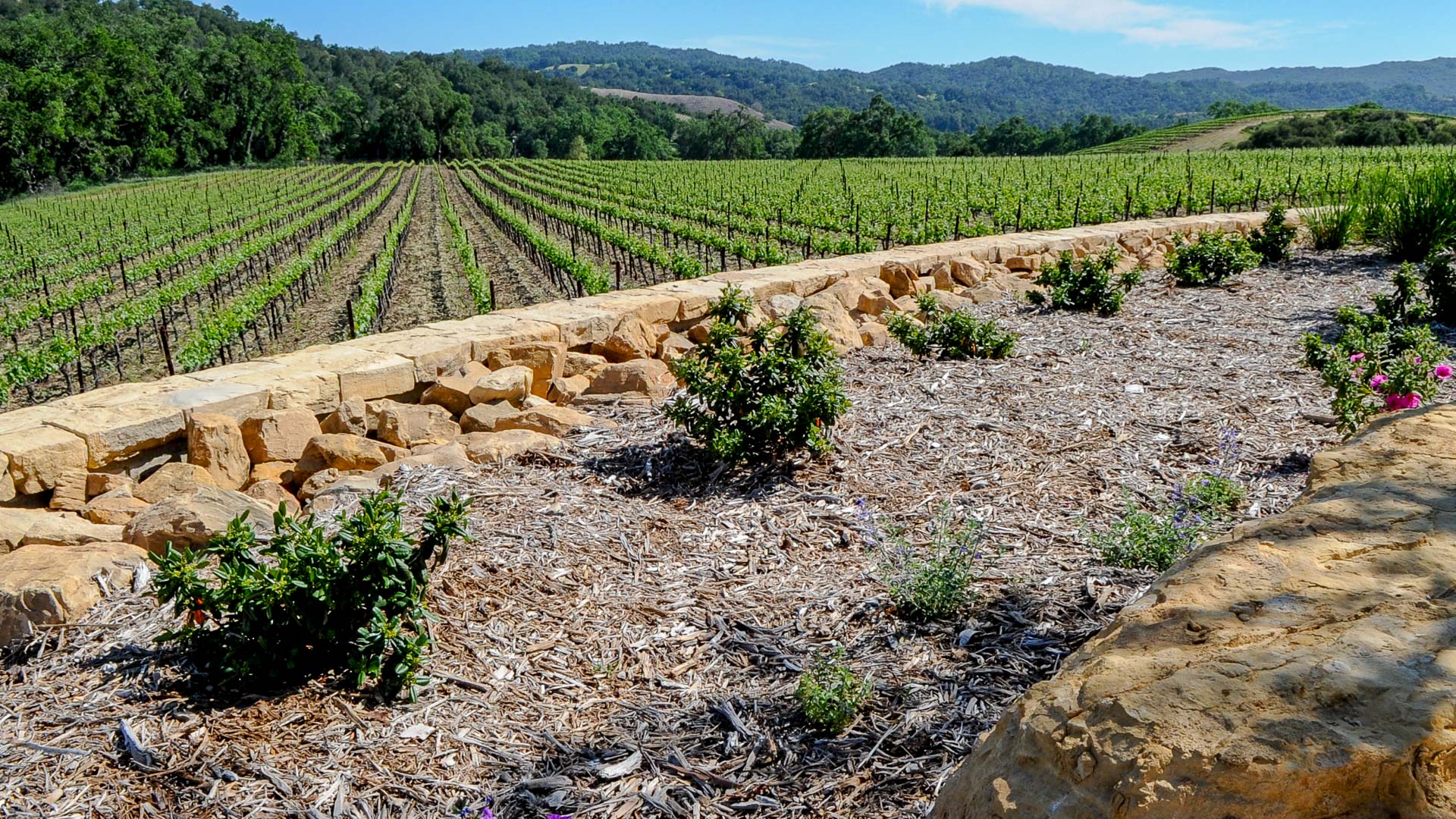
3. Take Advantage of Your Site
Views
Vineyard architecture and vineyard landscapes often take advantage of the natural and agricultural surroundings. Damian Grindley (Brecon Estate) believes there is an intriguing contrast between the native California landscape and the “engineered lines” created by the vines in a vineyard. This look is so iconic that most vineyards will highlight sweeping views of vines and rolling native hills at their tasting room. When you have stunning views on your site, you can “borrow” them by using minimal landscape elements in front of the best vistas, or use trees to “frame” the view. These are great ways to maximize your landscape budget, since views of vines and hills can do much more for you than almost any landscape element.
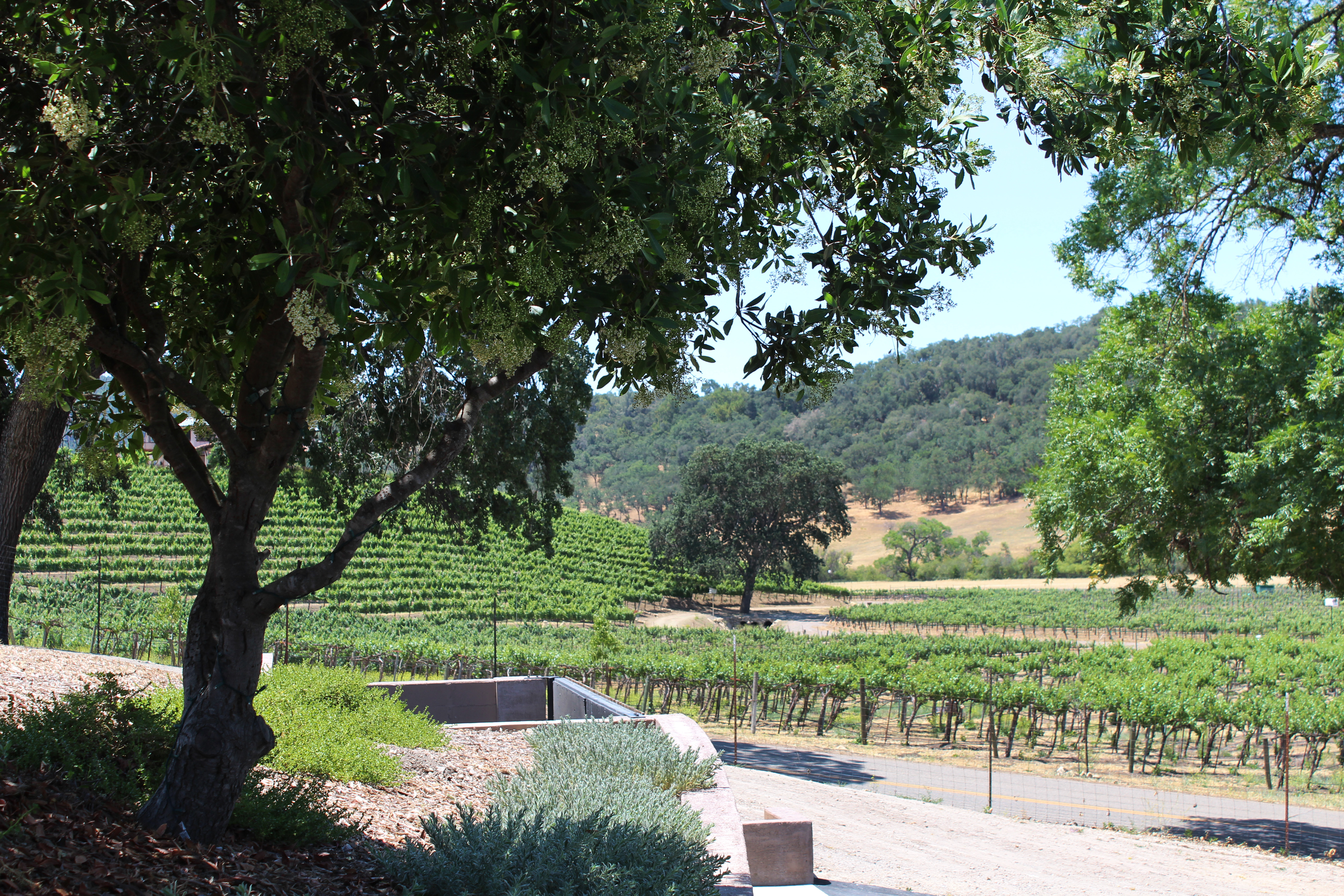
Shade
Most visitors come to wineries in the summertime, and shade is very important here on the central coast of California. Trees, pergolas, and umbrellas provide cozy, snug areas for people to relax and enjoy the warm weather in a nature’s lounge room. If there are existing large trees, use them to create a natural comfortable area that people will gravitate towards.
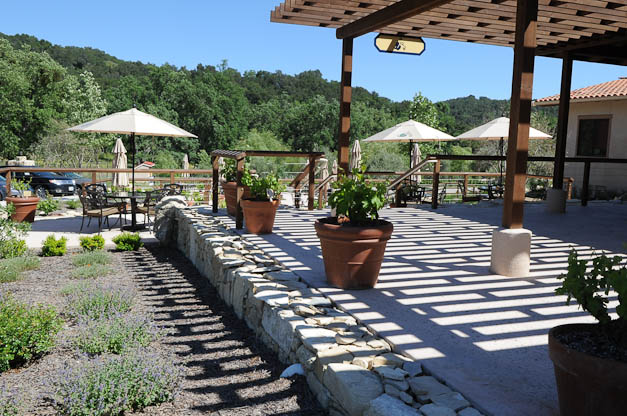
Architecture
Often the vineyard architecture is already defined by the theme, so it is important to blend with the architecture of the building as much as the surroundings. Compliment the style with use of hardscape and planting to make the building more impressive. Some tasting room architecture will try and blend into the California landscape, and the landscape design should also focus on the surroundings. Some tasting rooms will be a monument standing out from nature, so the landscape design must emphasize the awe of the architectural form, while transitioning to the surroundings.
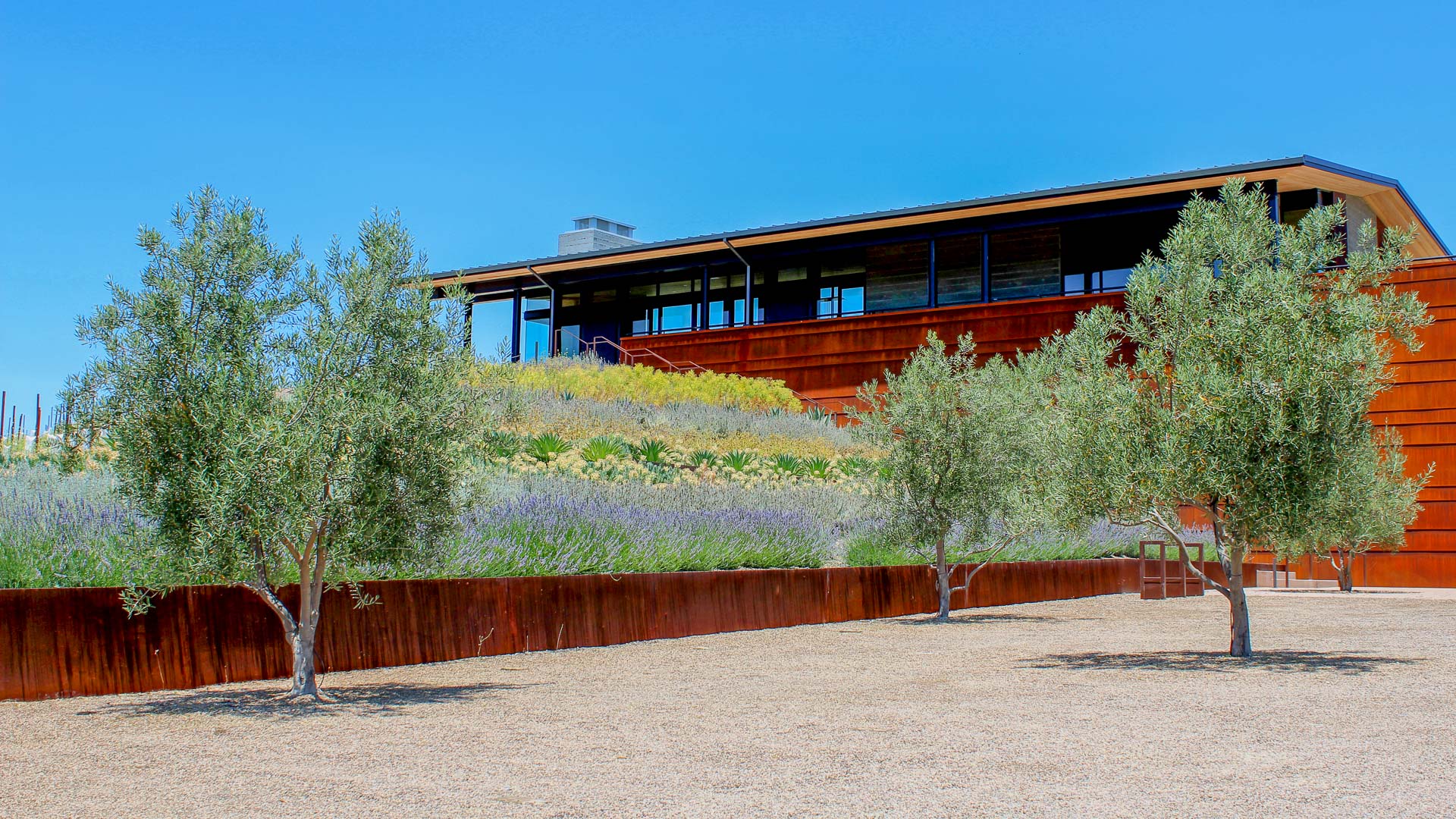
4. Create a Variety of Spaces
Entertaining Spaces
Most tasting rooms operate best with a variety of different spaces to fit the different preferences of visitors and functions of the winery. If you desire to host large events, a central large patio can be quite useful. However, most tasting room landscapes are a connection of smaller nooks to provide multiple intimate experiences for a large number of visitors. Also, the space becomes a social environment, not feeling empty with small crowds, and feeling comfortable with large crowds. In tip #2 we spoke about visitors liking a special and exclusive experience. A visitor may achieve this by finding their favorite nook in the landscape and returning to that special spot over the years. Everyone is different, so a variety of spaces, furniture, paving patterns, and shrubbery can break a large area into a successful multi-user experience.
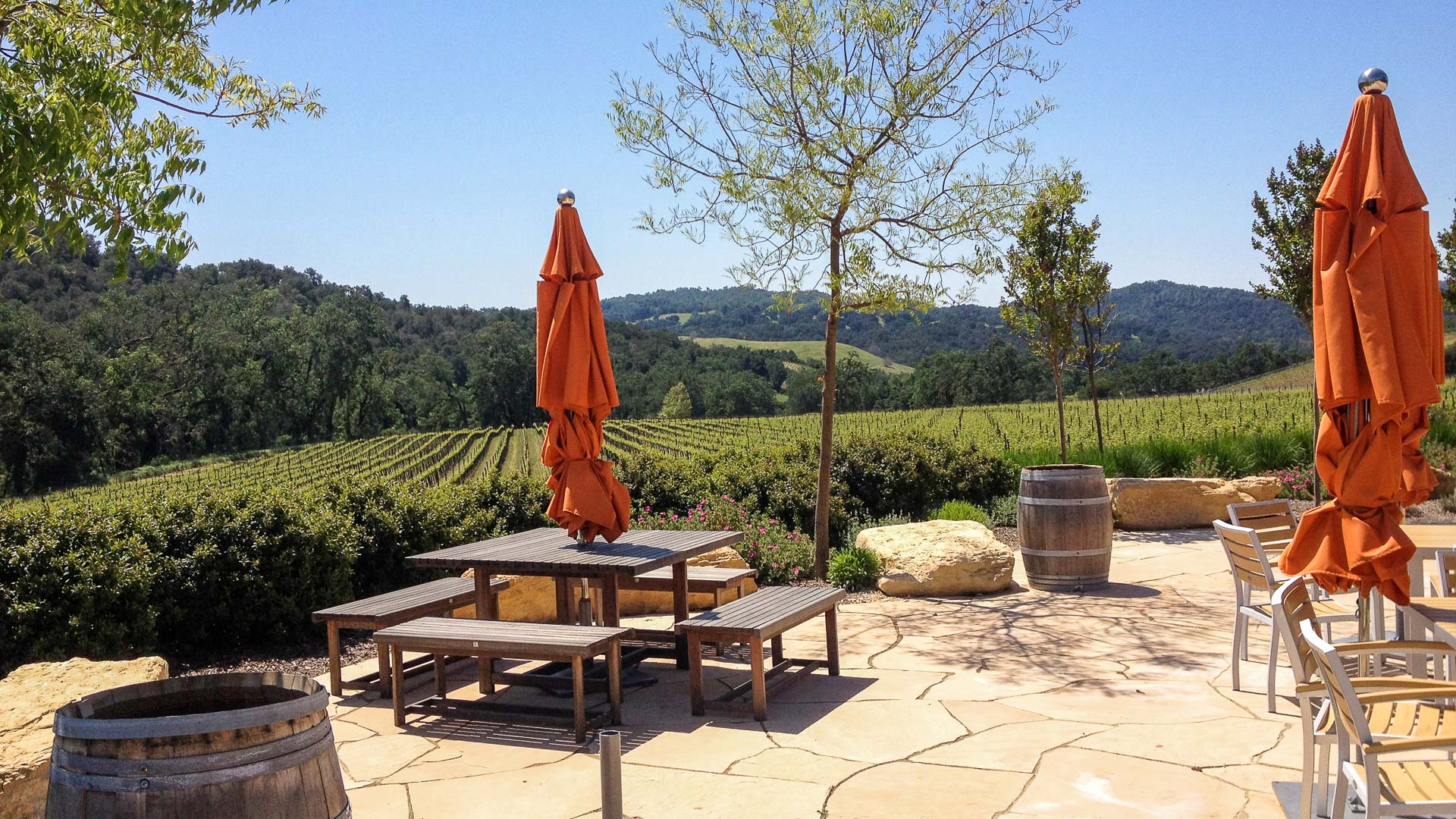
User Experience
Preferences of tasting room visitors have interesting trends. Folks that are new to the tasting room experience like to go up to a tasting bar and stand during the tasting. Research shows that experienced tasting room visitors often prefer to sit down in a lounge-type area. They come to relax and unwind, and they don’t feel they are imposing when asking for drinks to be brought to them. These experienced tasters often buy more wine and are more likely to join the wine club. Wineries know this, and design both indoor and outdoor elements to provide ample comfortable seating. Other wineries provide entertainment areas with games or picnicking room. The bottom line is that comfortable seating nooks sell wine.
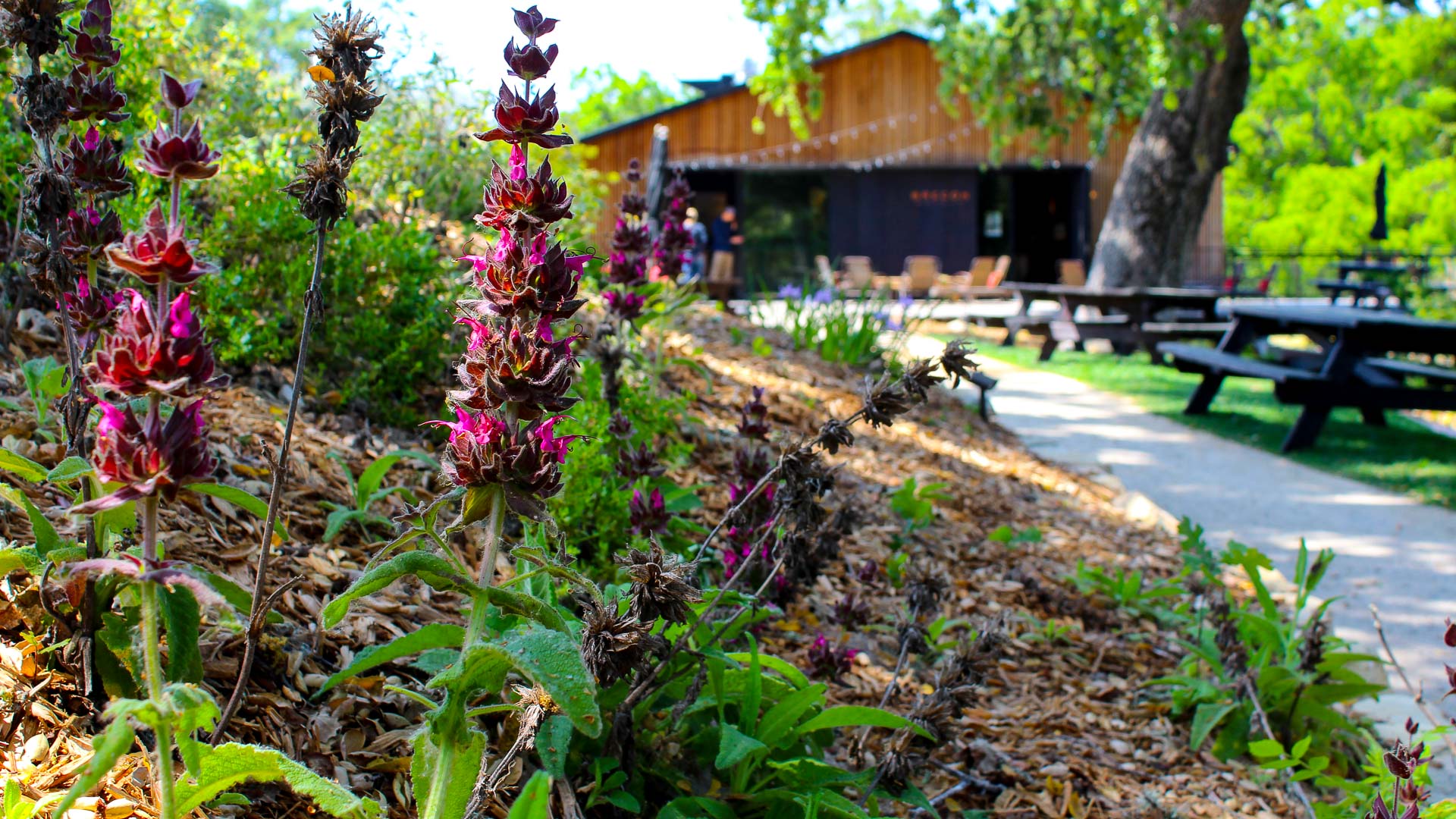
Tasting Room Logistics
Tasting room landscapes also need to work for the people operating the business. Often the central hub is the main tasting bar, so it is helpful to have visibility of all tasting areas for the attendants to best serve everyone efficiently. Open connection between indoors and outdoors feels good for the visitor, but also makes it easier for servers to navigate while carrying glasses of wine. It is crucial to speak with the tasting room staff to know how to best orchestrate the activities of the business.
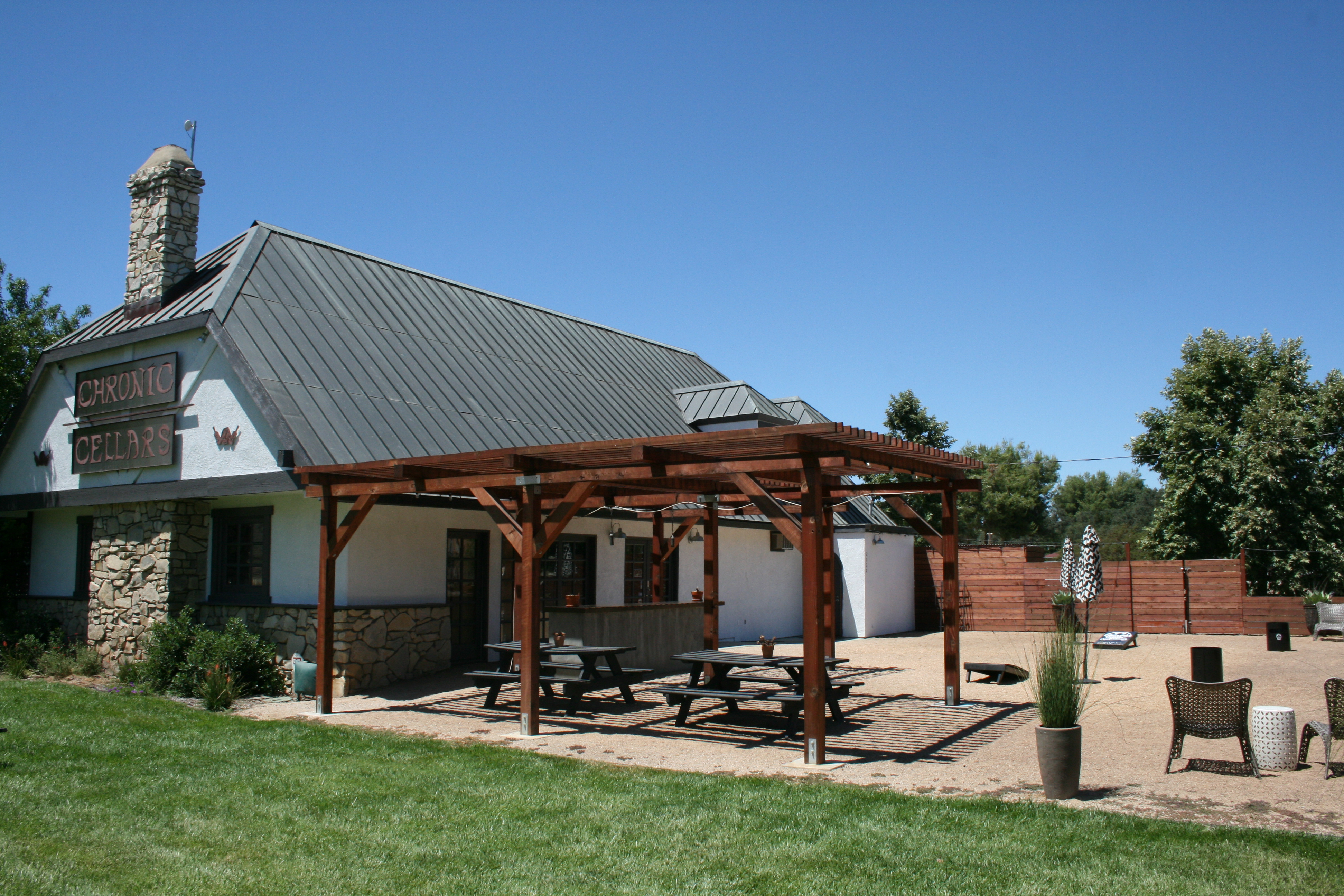
5. Design for Change
Flexible Space
Along with a variety of spaces, it is important to allow some spaces to be flexible to allow for several different types of entertainment. Damian Grindley (Brecon Estate) says their most useful space is the lawn area under a group of mature trees. He can change it to overflow seating or activities, but also downsize. June McIvor (Tolosa Winery) likes the flexibility of setting-up outdoor serving bars in different zones of the landscape. Kendall Carson (Halter Ranch) has planned countless events, and she believes electrical outlets are important to have all around the entertaining areas. Whether it is for lighting, a tasting bar, or a band stage, available electricity is very useful. It is impossible to anticipate exactly how a space will be used or changed over time. So, we recommend to build-in flexibility of use so you can make necessary changes both easily and cost effectively.
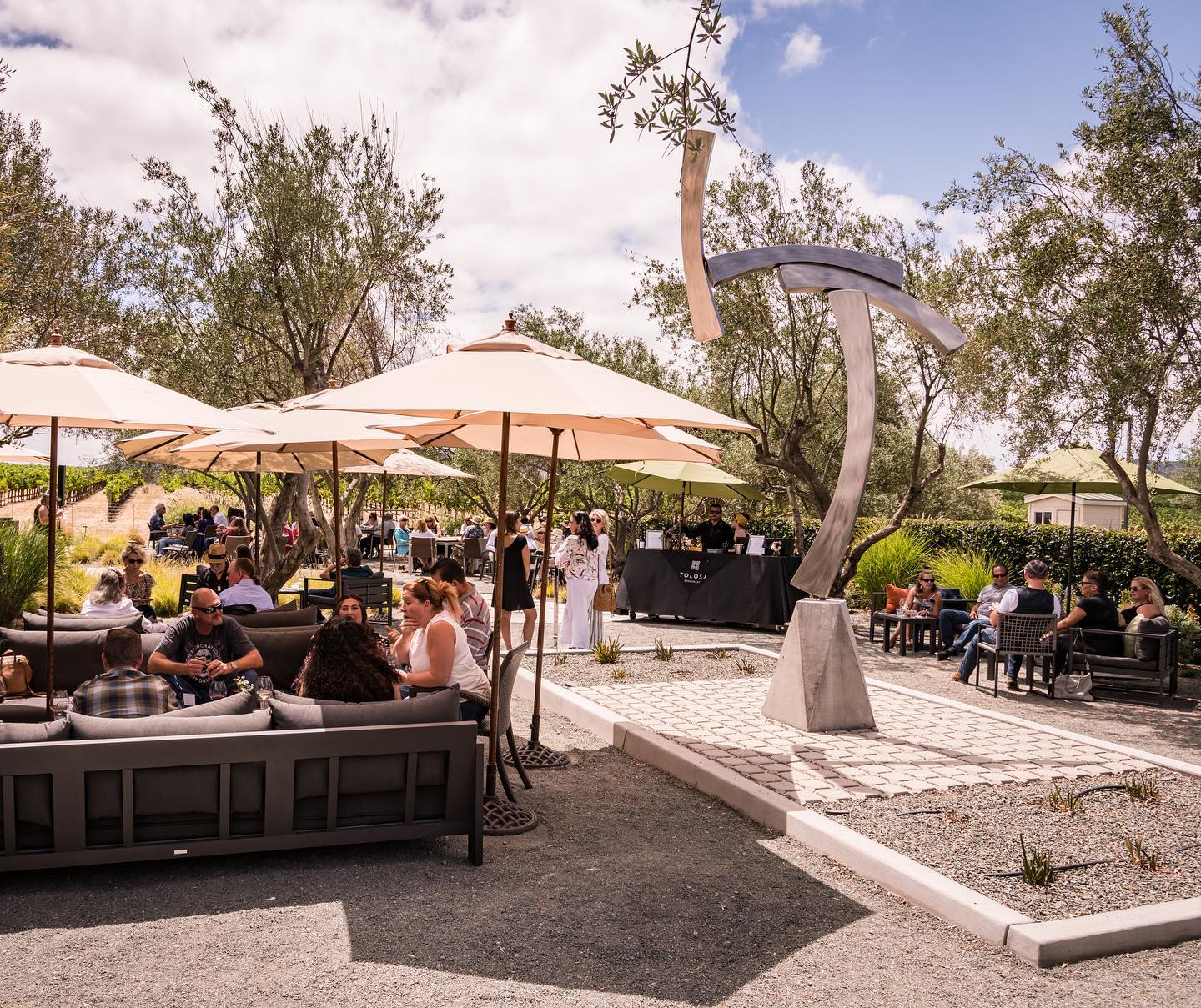
Pleasant Surprises
People like to return to their special tasting rooms, but they enjoy the excitement of small surprising changes. This is especially true at Brecon Estate where the furniture, art and layout has changed over time as the winery evolves and gains notoriety. They have done it for expanding entertainment area, but also visitors enjoy discovering something new each time, further investing themselves as part of the exclusive club that notices the transitions. Even seasonal changes in the new or existing plants can draw visitors back. A visitor may come in summer and hear about the fall color or the spring wildflowers. Often art displays are paired with the tasting experience, offering another product for purchase while changing over time. These features get visitors to come back again and again, always looking for something new.
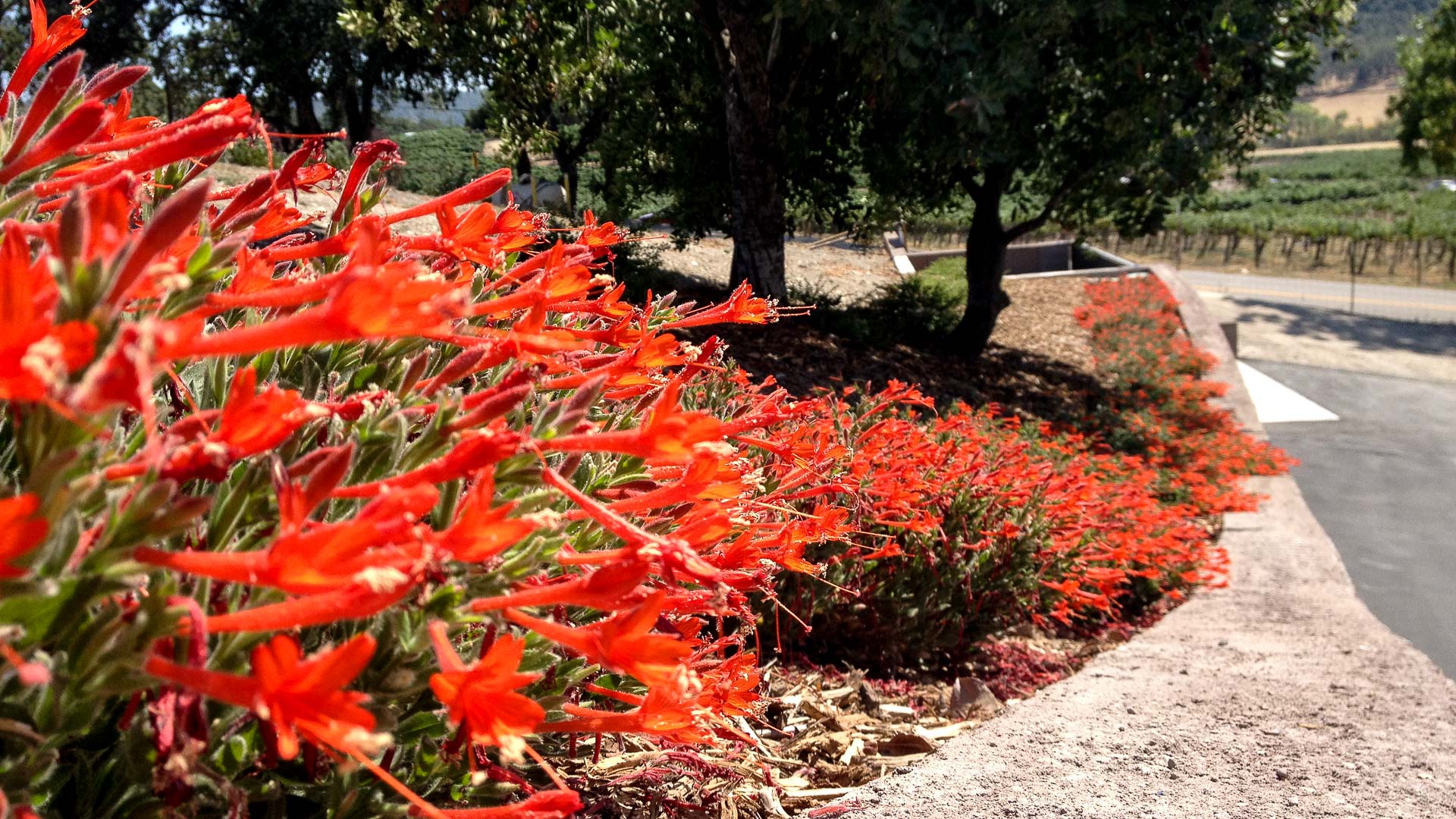

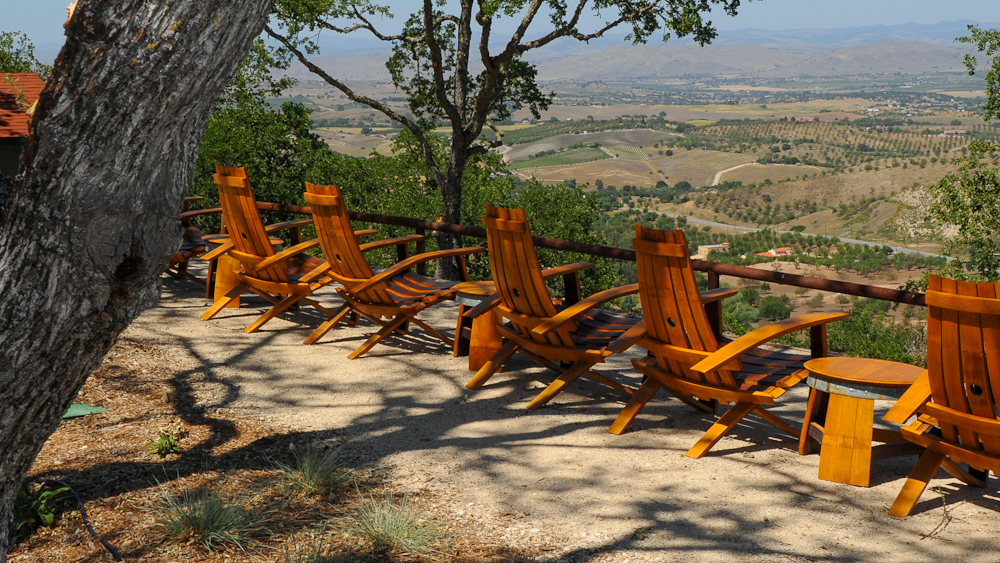

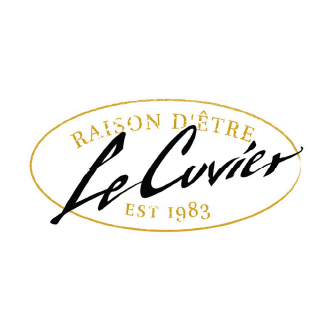
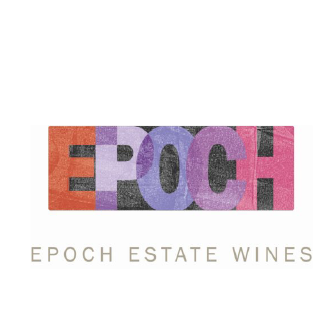


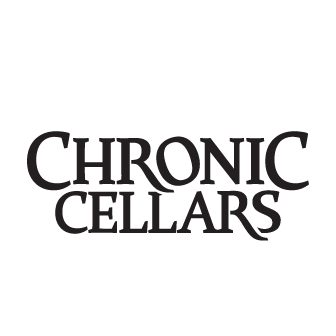




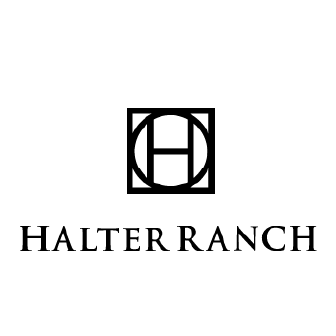

Regards for sharing the information with us.